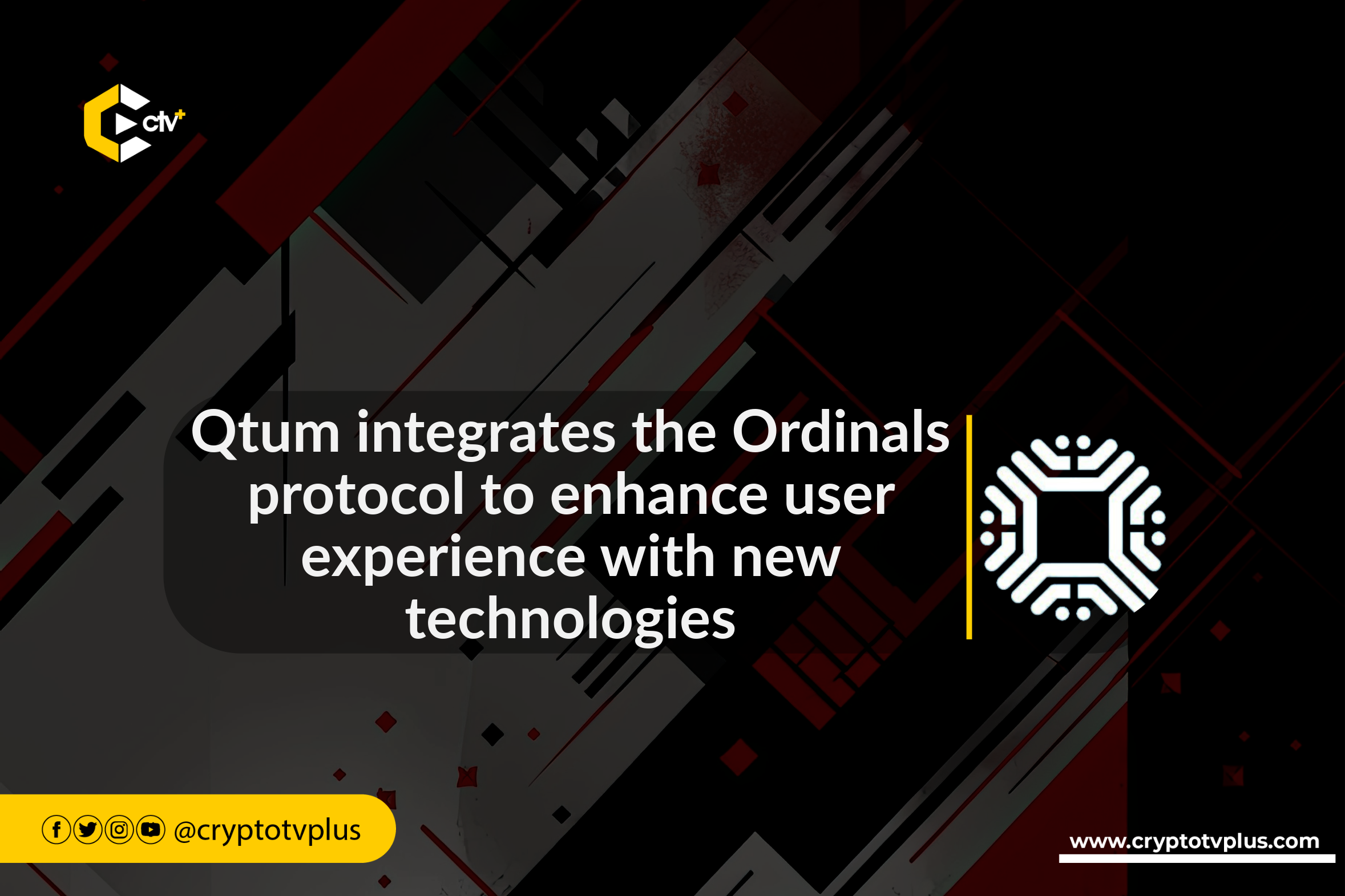News
Qtum integrates the Ordinals protocol; to enhance user experience with new technologies

Qtum has revealed the integration of Ordinals protocol to provide improved user experience and overall system efficiency for users through the embrace of new technologies alongside established Ethereum stands like the ERF-721 and ERC-1155. It said that offline staking would be enabled to allow users to stake without a constant internet connection for enhanced accessibility and convenience.
This development is currently operational in a testnet environment, utilizing the specialized “QORD” wallet. Testing and improving features happen in the test phase before they go live. It helps make sure everything works smoothly when implemented.
Additionally, the QtumOrdinals integration extends access to the Ethereum Virtual Machine (EVM), providing broader possibilities for developers and users within our blockchain ecosystem.
Qtum combines Ethereum and Bitcoin strengths with a scalable Proof-of-Stake system. It prioritizes security, decentralization, and developer communities. Unlike Bitcoin, it uses an eco-friendly Proof-of-Stake mechanism.
Qtum supports smart contracts, aiming to be a secure, scalable hybrid blockchain for businesses. QTUM is its native cryptocurrency, used for staking and governance. Led by Patrick Dai, Jordan Earls, and Neil Mahi, Qtum brings innovation to the blockchain space.
Ordinals refer to a system for creating non-fungible tokens (NFTs) by attaching data such as images, videos, and more to individual satoshis, which are the smallest units of Bitcoin. Thus, transforming an indistinguishable fungible unit of tokens such as SATs (satoshi) into non-fungible assets or distinguishable assets.
This system, known as Ordinals or Ordinal, was introduced by developer Casey Rodarmor in January 2023 and does not require any changes to the Bitcoin protocol.
Ordinals are based on the ordinal theory, which treats satoshis as atomic units that can be identified and exchanged individually. The ordinal numbers serve as stable identifiers for the information attached to satoshis, and the inscribed data may also feature smart contracts to allow satoshis to perform NFT-like functions.
In the first week of February, Qtum announced that in 2024, it will make big upgrades to its network. Previously, it enhanced efficiency, reduced transaction times, and introduced innovative fee models.
It noted that it plans to implement the BRC-20 Token Standard on its chain (which has been achieved), support existing Ethereum standards, and improve smart contract functionality.
The Qtum 2024 roadmap also focuses on infrastructure readiness, with bridge solutions to facilitate token transfers between Ethereum and Qtum. The platform aims to support USDC contracts, enable the wrapping of USDC on the Qtum blockchain, and promote the conversion to its native form.
These solutions will fill the gap in native stablecoin liquidity and open new opportunities for Qtum NFTs, co-existing with ERC NFTs and Ordinals on the native blockchain.
Read also; Ethereum Foundation announces 2024 grants to fuel academic research












